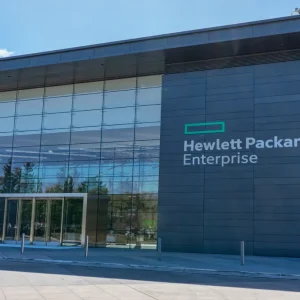
The popular operating system Linux has become a common choice for both consumers and the enterprise.
While it is typically very easy to deploy, the operating system can be used in various different ways, one such way is through a virtual machine.
A virtual machine is an operating system or application environment which is installed on software to imitate hardware, the benefit being that the user has the same experience on a VM as they would dedicated hardware but with lower associated maintenance costs and increased manageability.
A Linux VM therefore is simply a way of deploying the operating system virtually.
Getting started with a Linux VM can be done so that a user can try out a new operating system (OS) without removing the existing, or host OS, from the system. This means that a system can be running Windows but with a Linux VM as a guest install.
The VM can be of a fixed size or can dynamically allocate virtual hard drive, so basically under a fixed size drive there is a specific amount of storage space for the guest OS, dynamically would allow the drive to expand as needed.
Programmes such as VirtualBox can be downloaded to manage the virtualisation process before downloading a version of Linux.
Once the programme is downloaded and the right Linux distribution is chosen for the user’s needs then the new OS can be set up.
User’s would then be required to open the VirtualBox programme, name the VM, allocate memory size, hard drive to be used, storage on physical hard drive (fixed or dynamically allocated), and set the file location and size.
Once this has been done the foundation for the Linux OS VM has been set and it can then be installed and it is ready to be used.
Depending on the processing power of the users system, a lightweight distribution may be the best choice. Look out for variations of Linux distributions such as Ubuntu, Fedora, or Mint that include a desktop environment which will require less resources.






